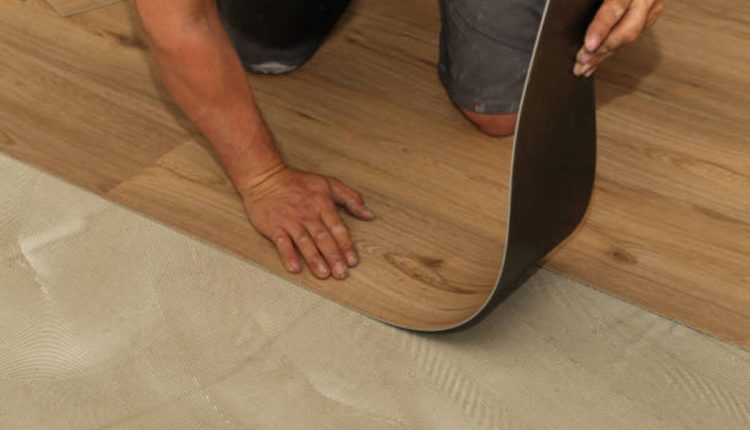What to Look for When Choosing the Right Conductive and ESD Flooring for Industrial Facilities
There are numerous installation contractors and a variety of items on the market. Your first port of call should be a skilled, competent, professional contractor who can deliver a turnkey installation.
ESD Epoxy and Polyurethane coatings (for high-traffic areas), Carpet, Rubber, and Vinyl are just a few of the offered items.
Vinyl ESD
SVT, or solid vinyl tile, is the only type of ESD vinyl flooring to consider. SVT vinyl needs a lot of maintenance, but when done right, it looks good. The material is reasonably priced, but installation and annual maintenance expenses (at least $1 per square foot per year) can be prohibitive. This can mount up quickly; over five years, it increases the cost by more than $5 per square foot. Actual no-wax ESD vinyl floors are available, but they can be expensive and should only be used in places with very little traffic. Cleaning with high-speed buffing (burnishing), which can be costly because heat from the buffing machine destroys the floor’s sealant before resealing it, is frequently advised. Low-speed buffing using a static control spray buff mixture is an alternative. Compared to keeping carpet and rubber, SVT conductive tiles cost more to maintain.
Carpet Tile with Static Dissipation
The installation of carpet tiles uses a hygienic, quick-drying release adhesive. The concrete or old VCT can be covered directly with the tiles. Carpet tile might be a fantastic option if you’re sick of maintaining and waxing an SDT dissipative vinyl ESD floor. Of course, there are drawbacks to carpets. Forklifts and pallet jacks are examples of big weights that carpet is unsuitable to support. Additionally, carpet is not very chemical and solvent resistant.
A rubber ESD
The most significant benefit of conductive rubber is that it effectively reduces static in computer labs, command centers, and 911 call centers where grounded footwear is not allowed or appropriate. (IMPORTANT: You must ensure the rubber you choose is conductive and not static dissipative; static dissipative rubber floor conductivity exceeds the recommended system resistance (35 megohms) standard of ESD S20.20-2007. Rubber is less porous than vinyl, which makes it easier to clean, wash, and maintain. Rubber has a more vital anti-fatigue element than epoxy or vinyl from an ergonomic standpoint. However, rubber has the most expensive installation cost of any material.
Epoxy ESD
High-quality epoxy and urethanes are simple to install, require little upkeep, and are long-lasting, beautiful, and economical. There are several finishes in satin, high gloss, and solid colors. There are even patterns, several hues, and textures accessible. It is necessary to specify an epoxy system that complies with ESD S20.20-2007. The required resistance is 35,000,000 ohms. Many goods on the market fall short of this requirement. It must be less than 1 million ohms to be explosion-proof. A candidate with the necessary expertise and experience may guarantee these requirements are met. Epoxies are typically the sole useful flooring material in buildings where large loads and high traffic are the norm. This can be a wise decision as no waxing is necessary, and expenditures per square foot are inexpensive. Lack of color stability and a flat surface that becomes slick when wet are two drawbacks of epoxy. Epoxy also tends to turn amber or yellow when exposed to UV radiation. These issues are resolved by requesting an epoxy base coat with a UV-stable ESD polyurethane final coating. This technique offers a non-slip satin finish with outstanding long-term color stability.
Putting Different Materials Together
You can combine multiple flooring choices for various places inside the facility to satisfy diverse needs in various departments. To manage the majority of the forklift traffic, you might first install conductive carpet tiles in the assembly area before installing an epoxy conductive flooring system in the heavy traffic region around the perimeter. Another option is installing vinyl tile over access floors and epoxy in high-traffic areas.
About the Author: Robert Long has over 25 years of experience in the industrial epoxy flooring industry and is the sales manager at EP Floors Corp. He has overseen over a thousand epoxy flooring projects and routinely attends technical training seminars on the most recent advancements in ESD flooring. Robert can be reached at http://www.epfloors.com/ or [email protected] for further information.
Read also: Getting Ready And Setting Up Glossy Acrylic Kitchen…


